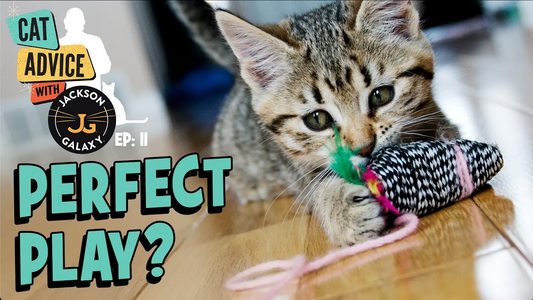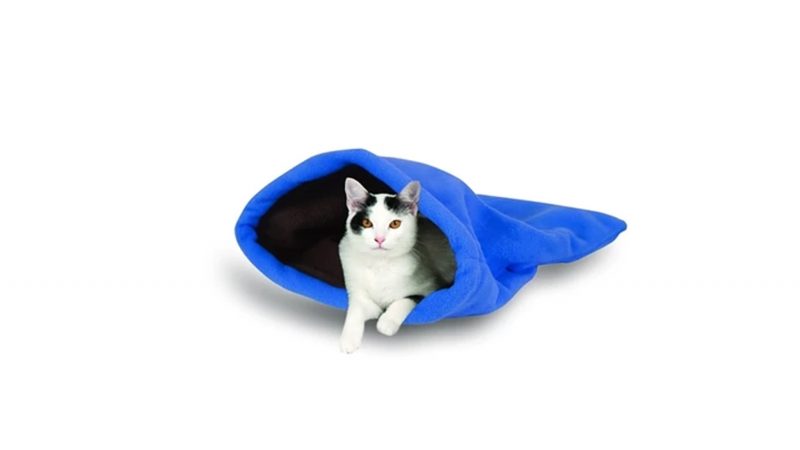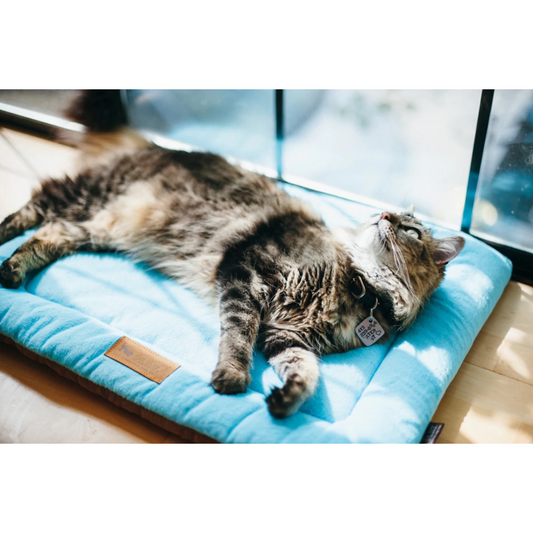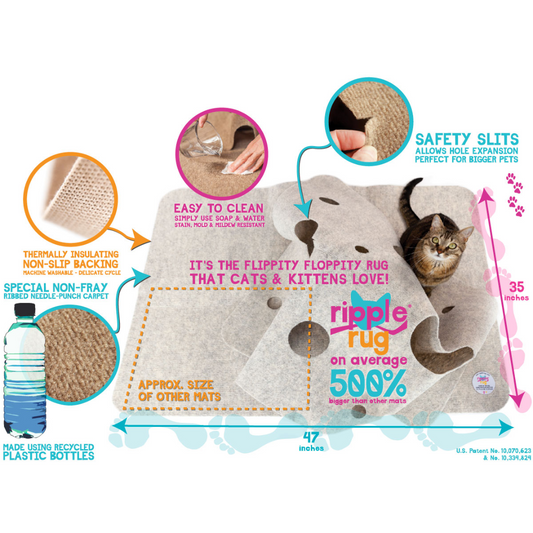Do you have a closet cat, an under-the-bed cat, someone whose primary objective is to remain unnoticed, safe from scrutiny? If so, you likely have a“Wallflower Cat” on your hands.
Hiding is about being small and invisible. It’s hanging out in what we call the "Unconfident Where." Believe me, there is a stark difference in body language between, for instance, a cat who prefers to hang out down low, feeding mojo by being stealthy as a “Bush Dweller,” and one who clearly prefers to stay hidden, spending most of his time under the bed. This is the cat who friends comment that they’ve never even met. This cat is indicating an extreme lack of Mojo and whose personality screams Wallflower.
When cats go and hide out of fear, we call it “caving.” The tendency for most guardians is often to cater to their anti-mojo ways by bringing food to their various hideaways and allowing them to disappear, at will, into the nooks and crannies of your home. And while I appreciate your intention behind doing this, understand that it is ultimately not serving your cat. You are essentially championing their lack of confidence and bringing further delay to their finding their Cat Mojo stride.
For any parent, there are times we demonstrate our love through comfort, and other times through challenge. This is definitely a case for the latter. Whether your child has two legs or four, what all parents want for them is to be the greatest version of themselves possible. This can’t be done while cats are caving(and while we unwittingly reinforce it).
Here’s how to embrace the challenge and get your Wallflower off the wall.
Identify Caving Spots
Cats often cave in what we call “The Unders.” This could be the furthest corner under the bed, in the box spring of a mattress, deep in the back of a closet, or even in a hole in a wall(I’ve seen it all). The Unders represent the ultimate in caves. Eventually, all of the Unders need to be removed or made inaccessible to your cat by slowly and methodically blocking them off. But don’t worry: we’re not going to just rip away your cat’s sense of safety.
Cats can also cave in plain sight. For example, “Fridging” is when a cat lives on the fridge—up high, but still fearful. Your cat should not be living there. If your cat prefers to be up there, it’s usually an indication that he is trying to get away from something, usually other animals or people. He only feels safe there, because there is something on the floor that is like broken glass to him.
Offer an Alternative with Cocoons
We know that cats need safe spaces to spend time in to prevent stress. But we need an element of control over those safe spaces. That’s where cocoons come in. If a cave is a place where a cat goes to hide, a cocoon is a safe place where a cat goes to transform…. a hideaway that you provide. It might be a tent-style cat bed, or a tunnel, or even a cat carrier that’s been decked out with a soft blanket.
A cocoon offers your cat safety while allowing her to gain confidence and be part of the household activity, because cocoons are eventually placed in socially significant areas. Cocoons allow your cat to feel safe without disappearing. Like their namesake, cocoons can transform, or be moved into other areas of the home; and like their namesake, they allow your cat to transform into their fully Mojo-fied self.
As always, this is a very basic overview of a sometimes very complicated process. To get the full skinny on all things cat mojo-rific, check out my latest book, Total Cat Mojo.













































